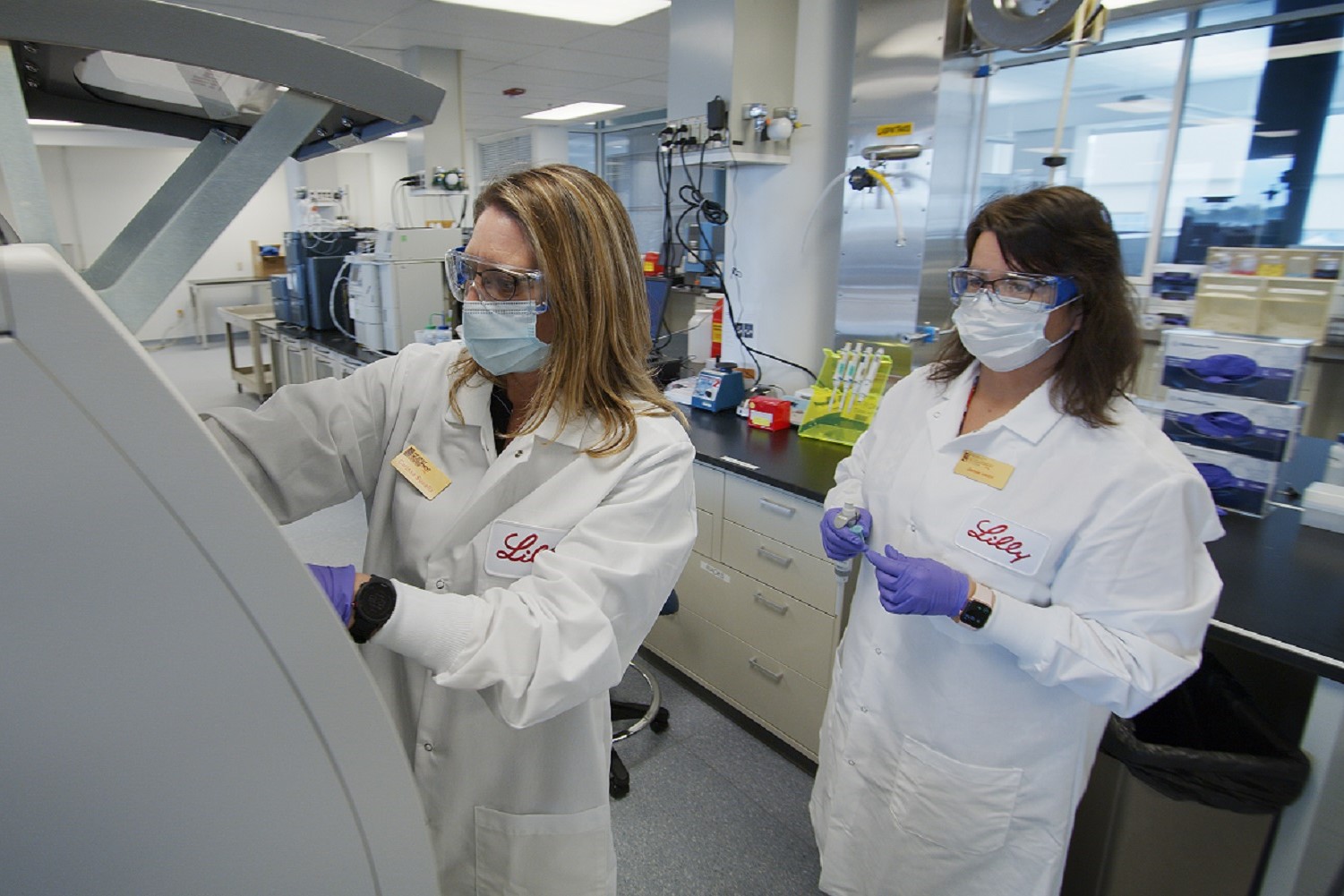In most of the world, regulatory bodies approve medical devices based on safety. Seems like common sense. But, in the U.S., the FDA approves medical devices based on both safety and effectiveness. It’s the “E” word that is largely responsible for the long and protracted clinical trials that delay approval of novel medical devices.
The solution being advocated by the likes of Dr. Andrew von Eschenback, former FDA commissioner, is “…after proof of concept and safety testing, the product could be approved for marketing with every eligible patient entered in a registry so the company and the FDA can establish efficacy through post-market studies.”
The premise is that if proof of efficacy could be decoupled from initial FDA approval (i.e. solely safety reviewed), innovative new therapies could be brought to the market significantly faster. This would obviously improve the economics for medical device companies and investors, and gain faster access for patients to novel therapies.

With the Rise of AI, What IP Disputes in Healthcare Are Likely to Emerge?
Munck Wilson Mandala Partner Greg Howison shared his perspective on some of the legal ramifications around AI, IP, connected devices and the data they generate, in response to emailed questions.
The obvious argument from consumer protection groups is that the American public must be protected from snake oil and unsubstantiated medical therapies, even if these unproven therapies are not directly harmful.
Some experts postulate that efficacy is intertwined with safety and it is impossible to determine a level of safety required for a medical product without a defined efficacy. For example, a device that treats a life-threatening medical condition should rightfully be approved with a higher complication rate than a device to treat headaches.
This argument rings somewhat hollow when faced with the reality of the FDA review process. As I have covered in past Healing Innovation blogs, it’s a calculation of risk vs. reward, but the FDA has been notoriously near-sighted in their ability to recognize the greater risk that should be allowed for greater reward. For example, I have witnessed the FDA be unwilling to broaden the patient population for an endoscopic treatment that requires sedation anesthesia and can be removed in a physician’s office when compared to an approved device that requires a surgical procedure and general anesthesia and an invasive procedure to remove the device.
In a post-market surveillance world, medical device manufactures will obviously have to define a device’s intended efficacy and any phase-2 safety study should show trends towards the intended efficacy. The issue is statistical proof of efficacy, especially if the FDA requires demonstration of superiority to a currently approved product.
Clearly, post-market studies will not prevent an ineffective product from being used in a large number of patients. But, one has to view the approach as a step between research and formal approval, where early users are enrolled in continued surveillance. And, the FDA could limit marketing claims until after post-market data provides sufficient evidence of efficacy.
The FDA can speculate on the number of patients that have been saved from ineffective medical products by the current rigorous process, but the fact is that a large number of patients are currently not being treated with breakthrough medical devices, while citizens of other countries are benefiting from improved healthcare.
Although medical device companies will always try to sell as many of their products as possible (prior to proof of post-market efficacy), the market and insurance providers will rapidly screen-out those therapies that do not provide value. For me, the post-market study approach is not perfect, but opens the door to more balanced risk-benefit management by the patient and their physician.
Healing Innovation is a resource for clinician innovators. The main site - HealingInnovation.com - provides an overview of the various aspects and issues facing clinician innovators.














